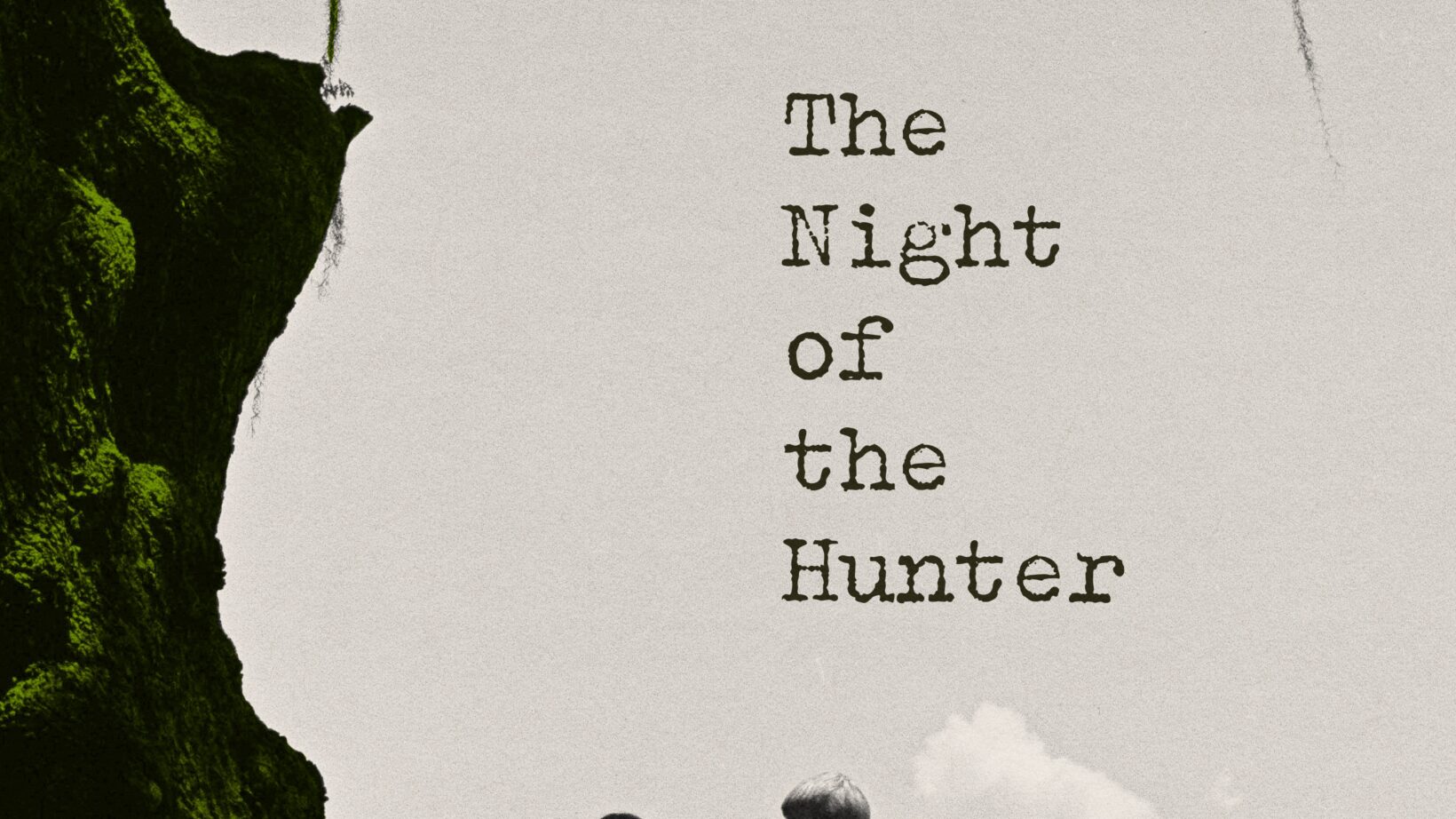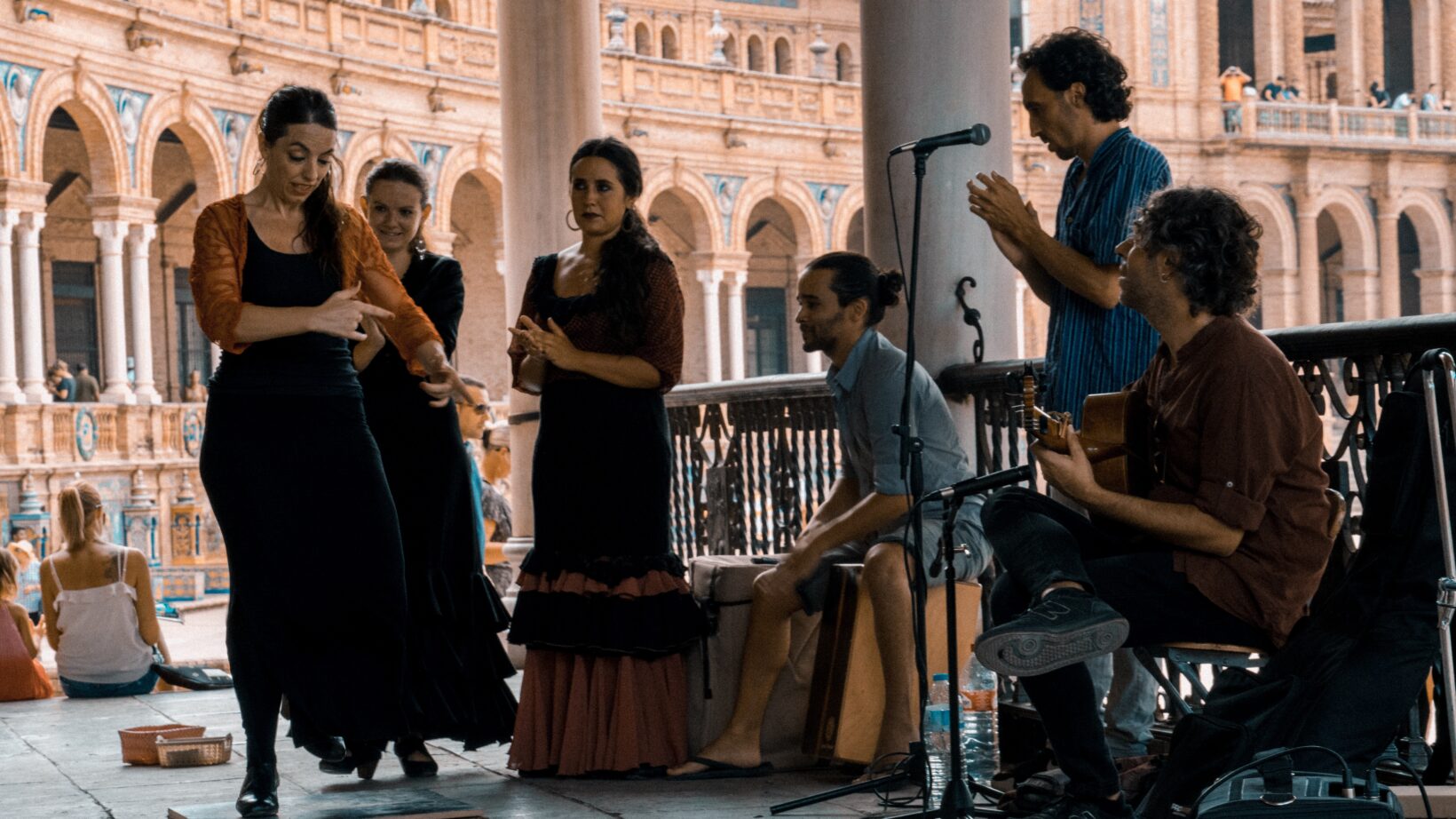How an American anti-tank weapon became a symbol of defiant resistance against the Russian invader.

A war in the 21st century is a war played out on social media. From footage of bomb strikes on TikTok, to Twitter threads debunking disinformation – digital platforms are flooded with posts about the Russia-Ukraine conflict. Amidst the sharing, an image of Mary Magdalene is circulating – a solemn gaze, a halo, but no cross to cradle in her arms. In its place, a Javelin missile.
St Javelin has become a symbol of the conflict in Ukraine, and as with all memes, it was only a matter of time before she was put onto a t-shirt. https://www.saintjavelin.com/ has copied her likeness to stickers and flags too, purportedly to send the profits to Help Us Help, a charity supporting humanitarian aid and educational projects in Ukraine. But what is the significance of the weapon she brandishes?
The Javelin is extremely effective at destroying enemy armour. Designed by a joint venture of US defence firms in the 1980s, a time when the US and its allies were anticipating a land war in Europe against an enemy with a huge fleet of tanks, the Javelin outlived the Cold War and went into service in 1996. It’s a fire-and-forget shoulder-fired weapon and consists of two parts: a reusable command launch unit which identifies the target, and the missile. The Javelin employs a long-wave infrared seeker, which guides it to the target – making it safer for the crew – and can destroy buildings, tanks, and helicopters. It’s also fairly mobile and easy to use, meaning soldiers can be given the basics in a day or two and can then be deployed quickly.
At $80,000 – $100,000 a shot, Javelin missiles are incredibly expensive. Given the efficacy of less sophisticated weapons, such as RPGs (rocket-propelled grenades), it’s reasonable to ask: is providing Javelins the most cost-effective way of supporting the Ukrainian army?
“Yes, for two reasons ‘, says Mark Cancian, a senior advisor with the CSIS International Security Program. “There’s no question that they’re very expensive, but the problem with an RPG is that the range is very limited – you have to be right there. It’s not very effective against modern armour, whereas the Javelin is guided and can go out over 4,000 meters.
“The other thing is that in a sense money is not really an object here, in that the West seems willing to allocate significant resources to beefing up the Ukrainian military. The problem is the limited numbers. The US and other countries have been sending equipment for years, but it will only last for so long. If we knew we were going to be in this situation, then I think that the US would have sent greater numbers so that they could get there in time. Anything that you send now is unlikely to get to the forces in time; it’s going to take weeks and the Ukrainians have days.”
The US first sent Ukraine $47 million worth of Javelins in 2018 under the condition that they would be used only in an emergency (the conditions of use were lifted two years later), and in 2020, they sent 150 more missiles and 10 launchers. The UK has also sent 2,000 Anglo-Swedish Next-generation Light Anti-Tank missiles (NLAWs), and Olaf Scholz, the German Chancellor, pledged last week to send 1,000 anti-tank missiles and 500 stinger missiles. President Biden last week authorized a further $350 million shipment of weapons, including Javelins, marking the third time he has used such authority to send Ukraine assistance, which totals $1 billion this year.
There is bipartisan support in Congress for sending humanitarian and military aid, but with no clear national interest at play and a hesitancy caused by previous military interventions, there is no such support for sending in troops. Biden himself has been emphatic in his declarations that no forces will be sent out to Ukraine. The phrase ‘no-fly zone’ is being bandied around a lot as an alternative to ground troops, but Cancian dismisses this idea.
“A no-fly zone is an act of war. If the US sought to impose a no-fly zone over Ukraine, it would entail war with Russia. We’d have to fly a large number of aircrafts into Ukrainian airspace, we’d have to shoot down Russian aircraft, and we’d have to destroy Russian defences on the ground. But there’s no interest in doing that – it’s really a non-starter.”
With no likelihood of assistance from foreign troops, the Javelin missile remains the best weapon in Ukraine’s arsenal of thwarting the Russian invasion. But Russia has a ‘non-contact warfare’ military doctrine, which focuses on destroying the enemy from long distances with technology such as drone assisted artillery, rather than dispatching tanks and infantry. Whilst effective at what they do, Javelin missiles are impotent in the face of threats from the sky.
Ukraine’s dilemma is that it doesn’t have the luxury of time or money to work on its defensive weaknesses, and so Ukrainians are looking to NLAWs to protect themselves. They could hardly be described as a wonder weapon, but the omnipresence of St Javelin on social media suggests that Ukrainians may liken it to one.
The cult of Mary Magdalene has existed for centuries. An icon of redemption and repentance, she serves as a reminder to the pious that no matter how far you have fallen, there will always be an opportunity to rebuild. Yet her outline was loosely identified in Scripture, making her malleable to those who wish to define her in the image of their own ideas. For the people of Ukraine, she once again reinvents herself as a figure of defiance – St Javelin.
DONATE to Ukrainians in need and funds for the Ukrainian Armed Forces at https://www.saintjavelin.com
Charlotte Robinson is a 24-year-old freelance journalist living in London. You can contact her at charlotte.lc.robinson@gmail.con, or find her on Twitter, Instagram, and LinkedIn.







